Join nomad Katie as she e-bikes up the Sintra hills, rides a riverfront path in Porto, tours the backroads of the Douro Valley, mountain bikes in Viana do Castelo, and pedals a hybrid along the central coast.
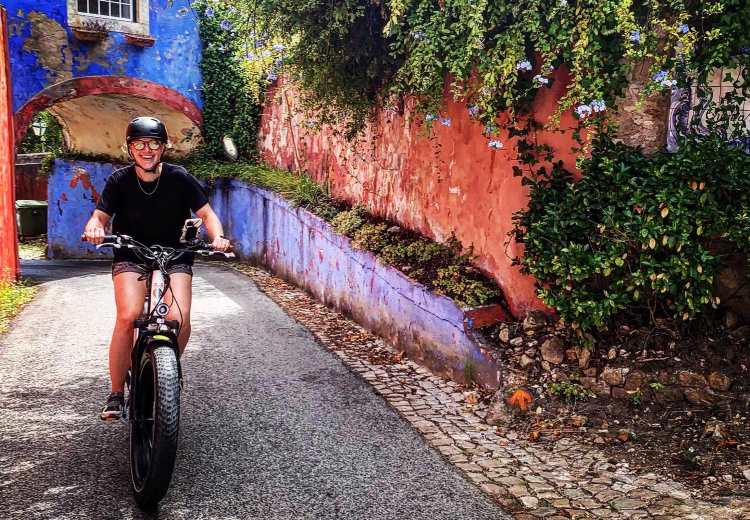 Photo © Katie Jackson
Photo © Katie Jackson
If you ask me, the best way to explore the country that explored the world is by bike. Portugal’s mild climate means you can ride year-round, and its drivers respect cyclists to the point of reverence. Most importantly, traveling on two wheels allows you to experience every place – from the wine country to the coast – up close, at the perfect pace.
- Castle-hopping by e-bike in the Lisbon region
- Riding a river-meets-ocean path in Porto
- Downshifting for days in the Douro Valley
- Climbing to the crown jewel of Viana do Castelo
- Pedaling with pilgrims along the Atlantic
Castle-hopping by e-bike in the Lisbon region
Older than Rome, Lisbon is the OG City on Seven Hills. In nearby Sintra, where Lisbon’s royalty had their summer residences, the higher the hill, the richer the family. Today, their palaces are open to the public – but visitors must navigate steep, narrow roads in the Sintra Mountains to reach them. For that reason, I like to castle-hop by e-bike.
I take a 45-minute train from Lisbon and pick up an E-bike rental at Sintra station. At first, my pride has me trying to rent a regular bike. An avid cyclist, I think my thighs can conquer any hill. My guide laughs – it’s an e-bike or bust. Within minutes I realize he’s right – the gravity-defying roads connecting the castles require real horsepower.
We pass tour buses going painfully slow on the switchbacks, and leave rental cars, driven by white-knuckled visitors in search of scarce parking, in the dust. I like to think they envy the ease of our e-bikes. Meanwhile, I envy the people who lived in the palaces. They vary in style, from Medieval Moorish to Willy Wonka whimsical. Most boast bird’s eye views of rural Lisbon. On clear days, you can see the Atlantic. In between castles, we cruise by the Convent of the Capuchos. Here, in a compound of cave dwellings, 16th-century monks practiced vows of poverty, celibacy, and silence.
Riding a river-meets-ocean path in Porto
Porto is built on the banks of the Douro River, 3mi (5km) from where it meets the mighty Atlantic. Discovering its riverfront bike paths is like happening upon New York’s Central Park – you’re in the city, but instead of blaring horns, you’re surrounded by people at leisure. Some jog, others push strollers, and many, like me, cycle. Fishermen are the only obstacles, often positioning their poles dangerously close to the path. It doesn’t bother me, though. It gives me a chance to brush up on my Portuguese and ask what’s biting.
My bike is a two-speed beach cruiser I rent for € 2 (US $2.32) an hour from Biclas & Triclas. The lovely older couple who own the business outfit me with a helmet, lock, and map, explaining how to catch the boat taxi across the Douro. There are miles of beachfront bike paths on the other side. After a 10-minute crossing, I’m flying with a tailwind, sneaking peeks at locals laying on the golden sand after swimming in the icy surf.
Downshifting for days in the Douro Valley
The world’s oldest demarcated wine region, the Douro Valley should be a mandatory day(s) trip from Porto. I rent a road bike and shift into the lowest gear: my saving grace for tackling the steep, terraced hills where 2,000-year-old grapes still grow. The Douro Valley is three times the size of California’s Napa Valley. To really do it justice, I eventually join a mountain-biking tour led by Portugal Green Walks. Starting at the valley’s highest elevation, we work our way down toward the Douro River, riding dusty backroads that connect centuries-old, family-owned vineyards.

It’s so quiet you can hear a grape drop. I ask our guide where the farmers are, and he tells me they’re inside, avoiding the summer heat and resting before the fall harvest when the grapes are picked by hand. To make the backbreaking work more enjoyable, the workers sing traditional songs as they pick.
Climbing to the crown jewel of Viana do Castelo
Viana do Castelo is a medieval city just 20mi (32km) south of Portugal’s northern border with Spain. It’s the crown jewel of the Costa Verde: a rugged coastline of pine forests and windswept beaches worshipped by surfers. I stay at a sports hotel owned by an ex-professional kite surfer. Fortunately, his retirement hobbies include mountain biking. I rent a mountain bike from the hotel and follow the bike mechanic’s directions to the town’s crown jewel: the mountaintop Basilica of Santa Luzia.
I pedal down a forested lane, cross the Lima River via the .6mi (1km) bridge designed by Gustav Eiffel, and remember how grateful I am for shocks when my tires hit the cobblestone streets in town. I pause to marvel at the line wrapping around the block outside Manuel Natario bakery. It’s an unofficial national treasure, selling out of its Berlin balls (Portuguese donuts), which it makes by the thousand, twice a day. Fueled by a deep inhale of the intoxicating aromas, I begin the ascent to the Basilica – I’ve heard the panoramic views at the top are unreal.
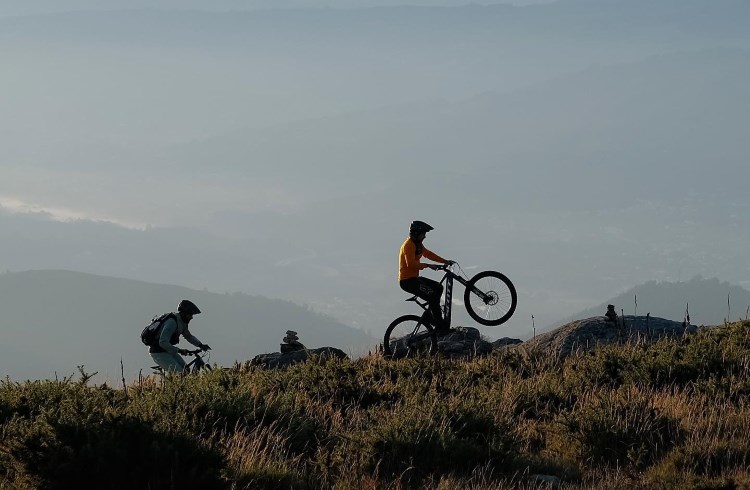
Pedaling with pilgrims along the Atlantic
There are direct flights from Lisbon to Porto. But skipping Central Portugal – the underrated countryside and coastline between the two cities – should be a cardinal sin. I borrow a bike from my Fatima hotel and pedal to the sanctuary. Millions of Catholics make the pilgrimage to Fatima each year, believing the Virgin Mary performed a miracle here in 1917. I witness a faith so unwavering it brings grown men and women to their knees as they make their final approach to the shrine.
I also explore parts of the Atlantic Coast Route – a 5,087mi (8,187km) cycling path from Northern Norway to Southern Portugal. Because there are unpaved sections, my Momentos no Centro guide, Hugo, recommends hybrid bikes. My favorite stretch is through Nazare: a fishing village turned surf mecca after the world’s largest wave was surfed there in 2011.
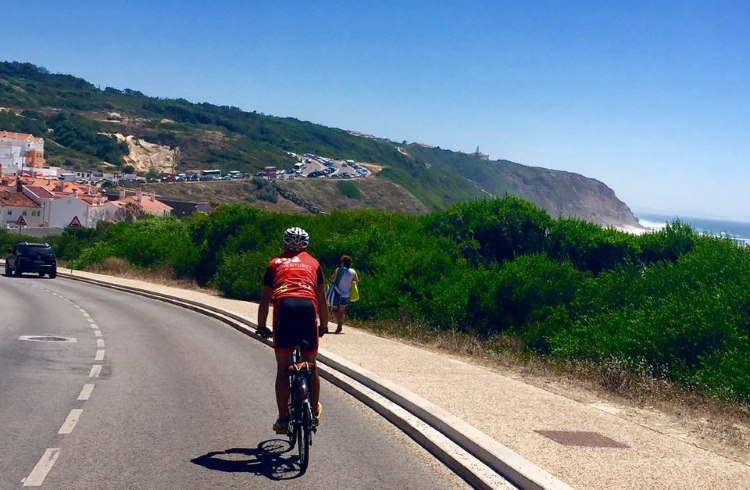
The cyclists we pass smile and nod, knowingly. We enjoy an unspoken camaraderie until a unicyclist invites us to try his ride. We have fun but fail miserably. Life may be like riding a bicycle, as Einstein once said. But, if you ask me, riding a unicycle is another thing entirely.
Related articles
Simple and flexible travel insurance
You can buy at home or while traveling, and claim online from anywhere in the world. With 150+ adventure activities covered and 24/7 emergency assistance.
Get a quote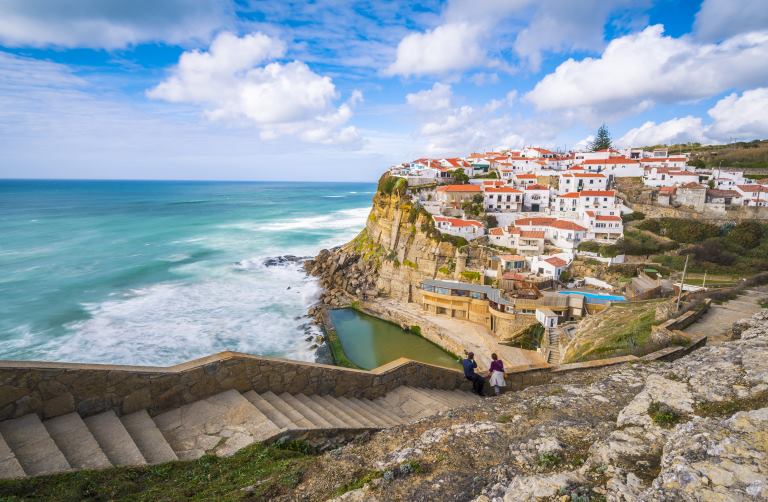

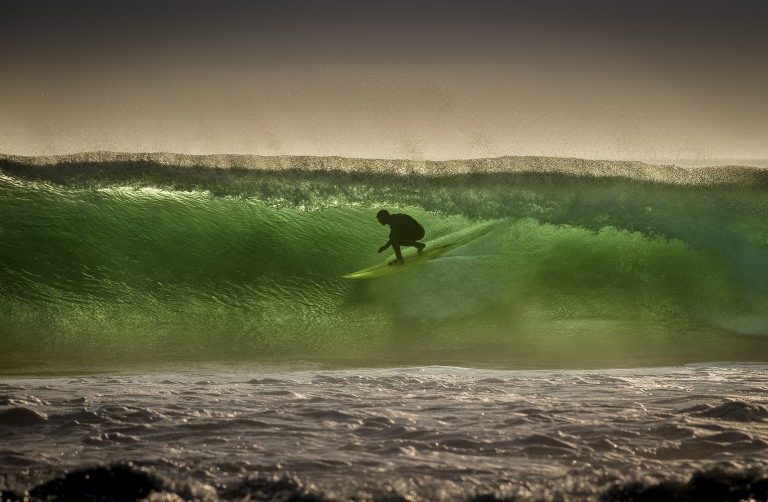
No Comments